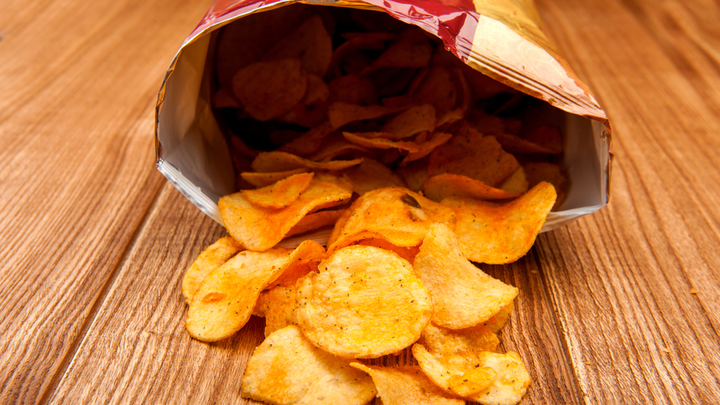
Researchers in Lithuania and Egypt have developed a process that uses a switchable hydrophilicity solvent to break the layers apart in food wrapping and blister packets. The solvent can switch from hydrophobic to hydrophilic, and different compounds are soluble in each form. The polarity of the solvent is switched by adding water and CO2, allowing the remaining dissolved adhesives and inks to be recovered. The recycling rate using this method is >99%, and the recovered materials – aluminium flakes, EVA films, PET films, and PE powder – are of a higher quality than traditional recycling methods. This allows a much wider range of products to be produced and would increase the profits of recycling. The solvent can also be recycled by heating it overnight to remove the CO2 and to evaporate water that has been added.






